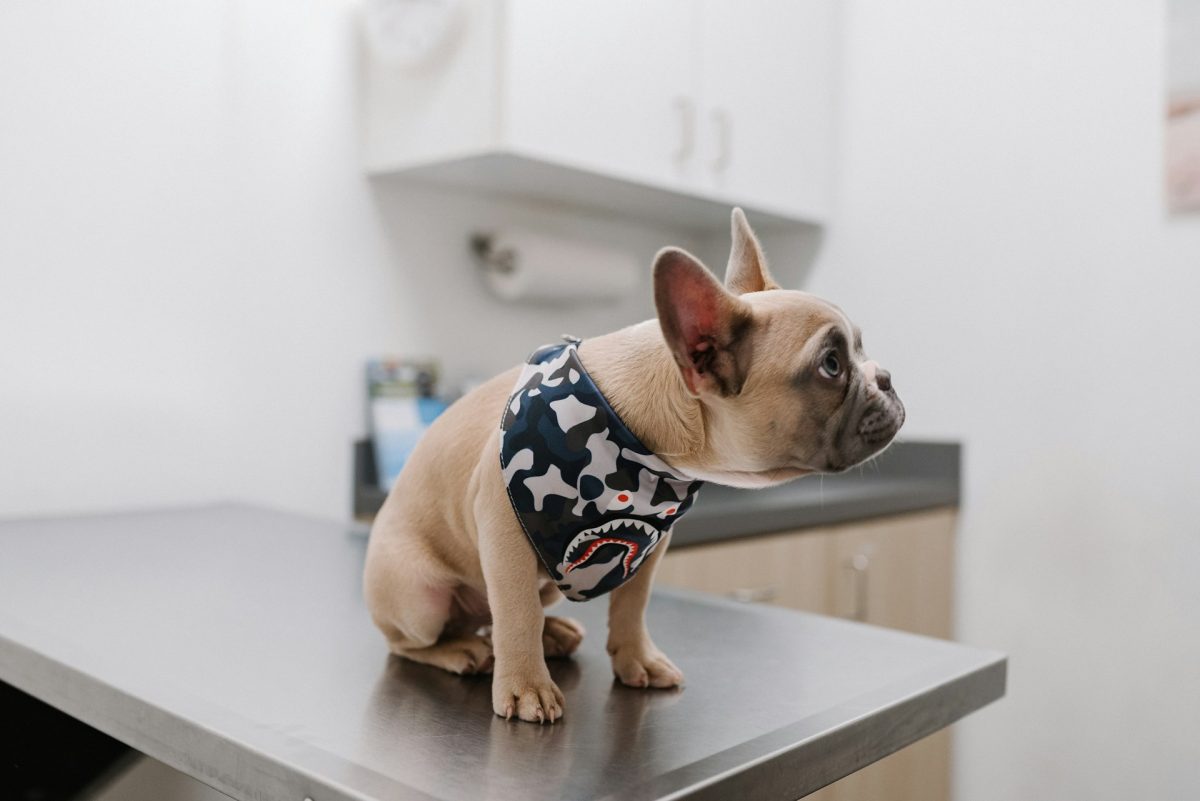Pet insurance might seem straightforward at first glance: you pay a monthly premium, and in return, the provider helps cover unexpected vet bills. But behind the scenes, insurance companies are carefully calculating risk. Understanding how these providers assess that risk can help you make smarter decisions when choosing a plan and even save money in the long run.
What Do Pet Insurance Providers Consider a “Risk”?
In the insurance world, “risk” refers to the likelihood that a company will need to pay for a pet’s medical care. The higher the risk, the more likely a provider is to charge a higher premium or deny coverage altogether.
So how do they calculate that risk? Here are the biggest factors:
Breed
Certain dog and cat breeds are genetically predisposed to specific health conditions. For instance, French Bulldogs often face breathing issues, while Golden Retrievers are more prone to cancer. These inherited risks translate to higher costs for insurers, so premiums for these breeds tend to be higher.
Age
Age is one of the most significant risk factors. Older pets are more likely to develop chronic illnesses or require surgeries, which makes them more expensive to insure. This is why many providers recommend enrolling pets while they’re still young and healthy.
Medical History
A pet with a history of illness, injury, or surgery poses a higher risk. Most insurance companies will not cover pre-existing conditions, and some might even increase premiums if a pet has a long list of past medical treatments. Keeping your pet healthy with regular vet visits can help you avoid red flags in their record.
Location
Where you live affects veterinary costs. A clinic in a large urban area might charge more than one in a rural town. Insurance companies take this into account when determining your premium. If your area is known for high vet bills, expect that to be reflected in your monthly rate.
Lifestyle Factors
Some providers ask about your pet’s lifestyle. Is your dog a couch potato or an adventure buddy who hikes on the weekends? Outdoor cats are considered higher risk than indoor ones. A more active lifestyle can mean a greater chance of injury or exposure to disease, which impacts the cost of coverage.
How This Risk Assessment Affects You
Understanding how pet insurance companies assess risk helps you better navigate the application process and avoid surprises.
You Might Pay More Or Less
If your pet is young, healthy, and a low-risk breed, you’ll likely pay a lower premium. But if your pet is older, has a history of health issues, or is a high-risk breed, your monthly costs could be significantly higher.
Coverage May Be Limited
Some insurers exclude certain conditions for specific breeds or won’t cover pets past a certain age. This is directly tied to how risky they view the situation. Read the fine print carefully before you commit to a plan.
Timing Matters
If you wait until your pet is older or shows signs of illness, it may be too late to get affordable or meaningful coverage. Enrolling early gives you the best chance at lower premiums and broader protection.
What You Can Do
You can’t change your pet’s breed or past, but there are a few ways to improve your standing with insurers:
- Enroll your pet early to lock in a lower rate.
- Keep up with preventive care to avoid avoidable conditions.
- Choose a plan that matches your pet’s lifestyle and needs.
- Compare providers—each uses a slightly different formula for assessing risk.
Pet insurance isn’t just about peace of mind. It’s a business, and like any business, it runs on calculated decisions. By understanding how your pet’s risk is assessed, you can make informed choices that benefit both your wallet and your pet’s well-being. In the end, the goal is the same: helping your furry companion live a long, healthy life with the care they deserve.



